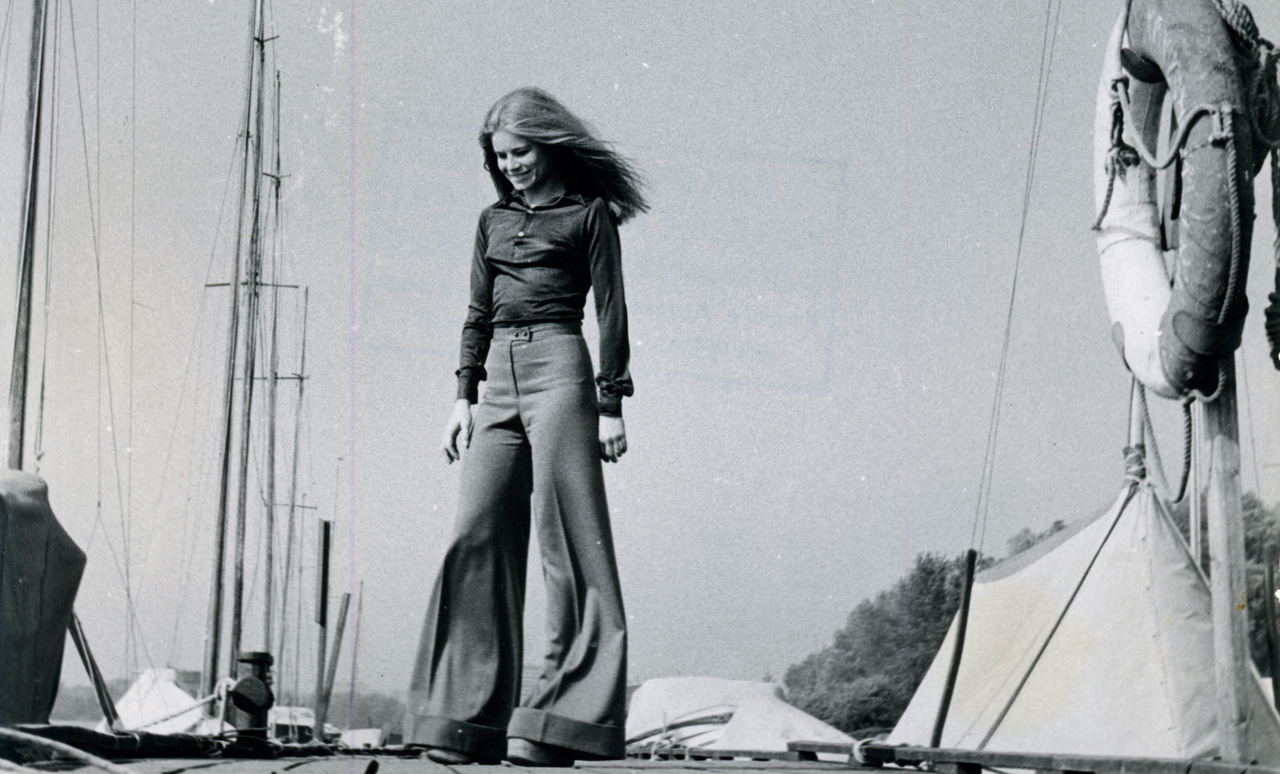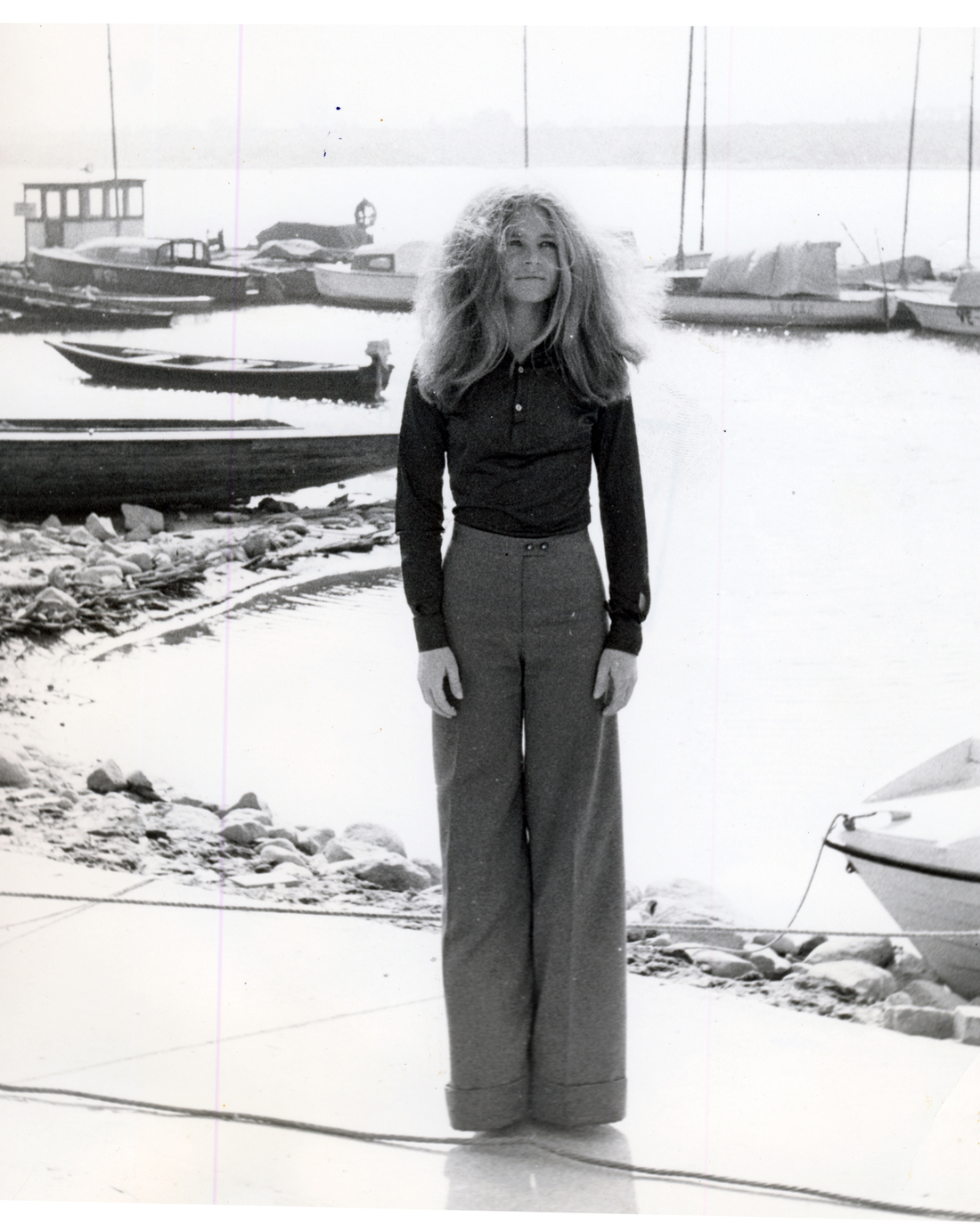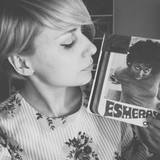Renata Lewandowska – an authentic soul voice of Polish music from the '70s – worked with some of the best musicians, producers, arrangers, orchestras, lyricists and choirs of her time, such as Juliusz Lorenc, Waldemar Parzyński, Marek Groński, Agnieszka Osiecka, Jonasz Kofta, Alibabki, Novi Singers, Quorum.
She started singing in 1964 and finished her music career in 1980. The end was sudden and irrevocable. Renata Lewandowska vanished without being recognized enough throughout her career. She left Poland at the beginning of the '80s, after facing difficulties with the album release, and left behind
only one single pressed in a small number of copies in 1978 and known by very few Polish music experts.
In 2015, a 14-years-old boy, Krystian Zieliński, discovered some archive footage of Renata Lewandowska on YouTube. The video was a short extract from the archives of the Opole Festival from 1977. The song "Nie myśl kochanie jak mogło być" appeared on YouTube out of nowhere. He started to search for any information about the artist and his mission proved to be more like a detective story – not only he got in touch with all the reachable artists and possible collaborators of Renata Lewandowska from the 70s, but he also followed any possible hint from her biography to find her. Krystian thoroughly browsed a phone book and checked any women's identity with the same name and surname in the whole Poland. He wrote numerous announcements in local newspapers and reached the city council where she was born, the art school she studied. For nearly two years, he had no evidence that Renata Lewandowska was alive.
Łukasz Wojciechowski from the imprint Astigmatic Records remembers that "the breakthrough came in early 2017. One of the calls was read by Renata's daughter-in-law, who passed the message to her. It was a huge surprise for Renata Lewandowska, or Renata Roberts – a positive one, but treated with a considerable amount of caution, as it's been nearly 40 years since the artist gave up her musical career”.
Based in Washington, the artist agreed to support the young Polish boy's efforts to find the lost recordings from the ‘70s in the Polish Radio archive. Krystian managed to upload the music to SoundCloud and start Renata Lewandowska's website with all the confirmed biographic information and archive photos. Renata Lewandowska’ voice slowly began to be (re)discovered by new audiences, with the two songs uploaded to YouTube in 2015 changing the Polish music history. More and more archive footage appeared, followed with ecstatic comments full of admiration of Renata Lewandowska's voice, but also full of sorrow after she vanished from the music business. Some people still remembered her.
The Polish Radio owned most of Ranata Lewandowska’s unreleased songs. Still, there was no interest in making any use of them – they were hidden in the vast archives of the radio, however luckily available as digital files due to the Polish Ministry of Culture's digitization program in 2007.
In 2018, Polish music labels Astigmatic Records and The Very Polish Cut-Outs, simultaneously and independently approached the radio to release the music of Renata Lewandowska. They found common ground and, together with the artist, started working on the compilation of songs. Maciej Zambon and Norbert Borzym from The Very Polish Cut-Outs and Łukasz Wojciechowski from Astigmatic Records come from a record-digging environment. As record collectors, DJs and producers recognized the massive potential of Lewandowska's music. "After browsing through the archives of this institution and adding a piece from Tonpress catalogue, nine songs from the period 1974-1978 were selected, and this is how the album
Dotyk came into being”, says Łukasz Wojciechowski. The Polish Radio also finally recognized the value of the recordings. It was obvious now that they have had a real gem in their hands for so long.



